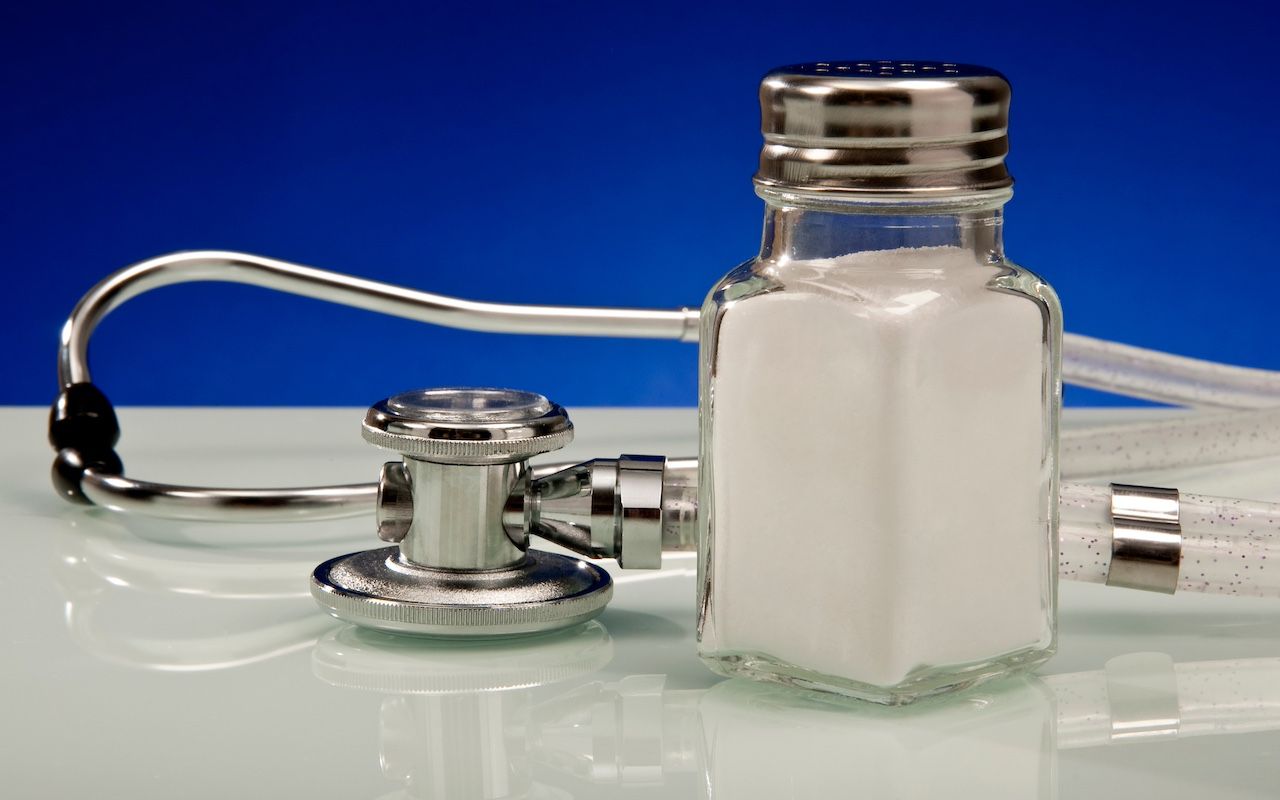- Center on Health Equity & Access
- Clinical
- Health Care Cost
- Health Care Delivery
- Insurance
- Policy
- Technology
- Value-Based Care
Salt Substitute Reduces Incidence of Hypertension in Older Adults
For the first time, investigators found that the replacement of salt with a salt substitute not only reduced hypertension, but did not also increase hypotension, a key factor for older adults.
Replacing regular salt with a salt substitute for older adults with normal blood pressure (BP) reduced the incidence of hypertension without increasing the rate of hypotension, according to a study published today in Journal of the American College of Cardiology.
DECIDE-Salt was a multicenter, cluster-randomized study of older adults in elderly care centers in China with normal BP. China has a fast-growing population of adults with hypertension, with 27.5% of adults living with the condition, the study authors wrote.
The dangers of salt
Image credit: Gerald Bernard - stock.adobe.com

The primary outcome of the study was incident hypertension, which was defined as an individual having BP above 140/90 mm Hg after multiple follow-ups, starting antihypertension medications, or having a major cardiovascular adverse event (eg, coronary heart disease, stroke), the researchers wrote. Additionally, they monitored for any hypotension episodes during follow-up.
In this study, the salt substitute comprised 62.5% sodium chloride, 25% potassium chloride, and 12.5% ingredient flavoring. The overall study population was 611 participants (salt substitute group, 311; normal salt group, 298) with a normal baseline BP; their mean age was 71.4 years and their mean BP, 121.9/74.4 mm Hg.
Through 2 years and 4 follow-up visits, the participants’ BP values were measured. The incidence of hypertension among participants in the salt substitute cohort was 11.7 per 100 person-years, while it was 24.3 per 100 person-years for participants in the normal salt cohort, the investigators found.
Participants with the salt substitute were 40% less likely to develop hypertension (adjusted HR, 0.60; 95% CI, 0.39-0.92; P = .020) compared with those using usual salt, according to the study results.
Additionally, participants experienced 100 hypotension episodes over 2 years of follow-up, although there was no clinically diagnosed hypotension reported. Interestingly, the incidence of hypotension episodes did not differ significantly between participants using the salt substitute and those using normal salt: 9.0 vs 9.7 per 100 person-years, respectively (adjusted rate ratio, 1.10; 95% CI, 0.59-2.07; P = .760).
The overall mean change in systolic BP (SBP) and diastolic BP (DBP) was also examined, with increases from baseline of 7.0 and 2.1 mm Hg, respectively (both P < .001), in those in the usual salt cohort; no change was seen among n participants using the salt substitute (both P > .59), the investigators found. Participants using the salt substitute ALSO had a lower mean SBP (mean difference: –8.0; 95% CI, –12.4 to –3.7; P < .001) and a borderline lower mean DBP (mean difference: –2.0; 95% CI, –4.1 to 0.1; P = .056), the study results indicated.
The investigators noted that the lack of an increase in hypotension episodes made the replacement of salt with a salt substitute safer than using antihypertensive medications, which have been linked with a higher risk of hypotension. These results indicate a benefit in using the salt substitute for older adults who have a normal BP, and that this adjustment can be a viable population-wide strategy in preventing cardiovascular disease and controlling hypertension, the investigators wrote.
No other investigations on salt substitutes have reported an association between a potassium-enriched salt substitute and risk of hypotension, the investigators noted. That this study was the first to report on the potential association is important due to the risk that hypotension poses to older adults, including risk of fall-related injuries.
Several strengths of the study were reported by the investigators. The study results were derived from a large, randomized parallel-controlled trial, and DECIDE-Salt was conducted exclusively among older adults living in a controlled environment, which helped ensure adequate implementation of the primary outcome and resulted in a large BP reduction, the investigators wrote.
However, some limitations were noted. The study was a post hoc analysis, with outcomes that were not prespecified. Additionally, there was an absence of follow-up visits at 6 and 18 months, which meant a significant proportion of BP measurements were missing from the study. Lastly, since the study was conducted in China, where salt intake is high, generalizability to other countries should be considered.
“The results suggest that salt substitution brings about only benefits but no harm, providing further evidence to support the use of potassium-enriched salt substitute as a population-wide strategy for sodium reduction in the prevention and control of hypertension and cardiovascular disease in China,” the study authors concluded.
Reference
Zhang X, Yuan Y, Li C, et al. Effect of a salt substitute on incidence of hypertension and hypotension among normotensive adults. J Am Coll Cardiol. Published online February 12, 2024. doi:10.1016/j.jacc.2023.12.013
